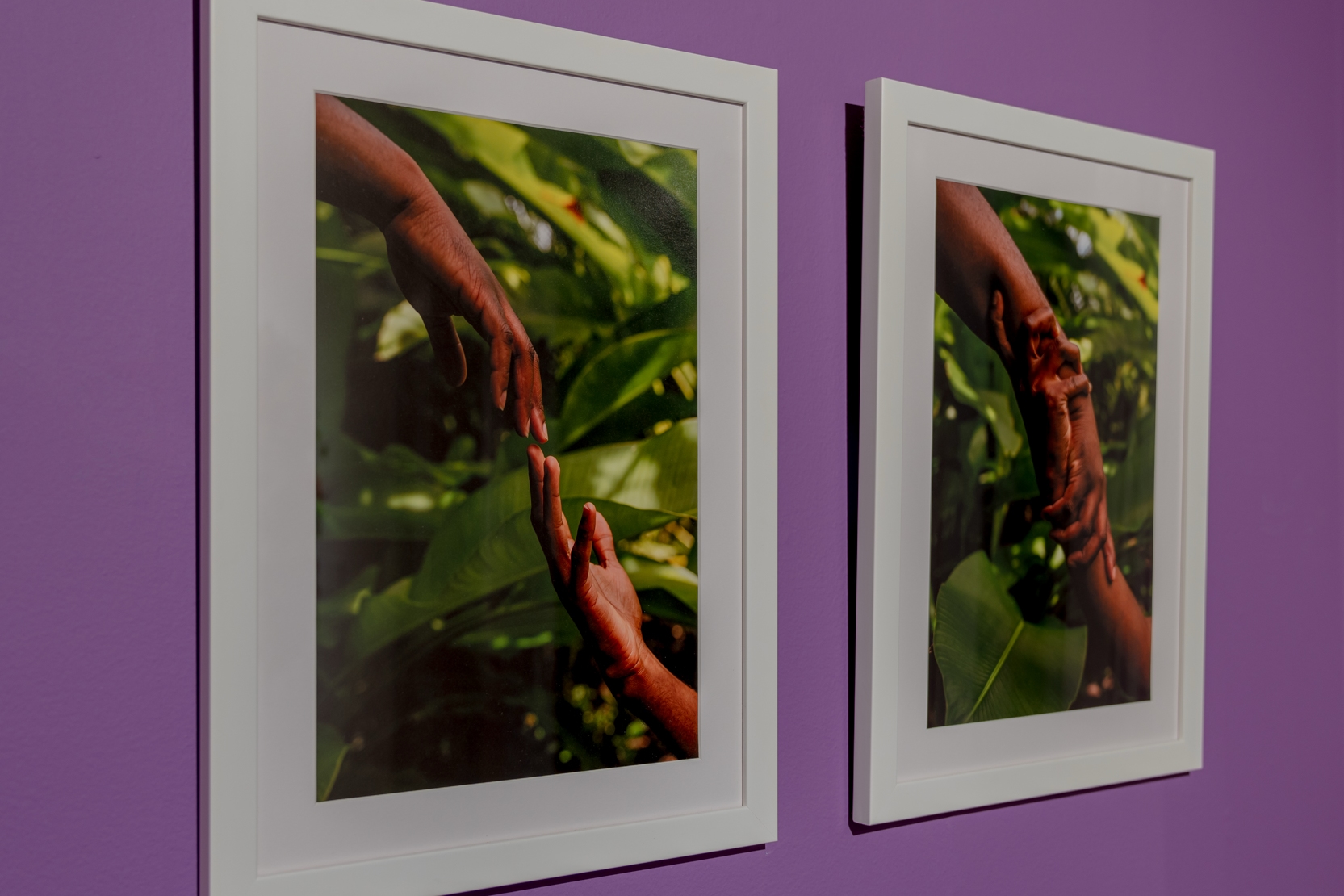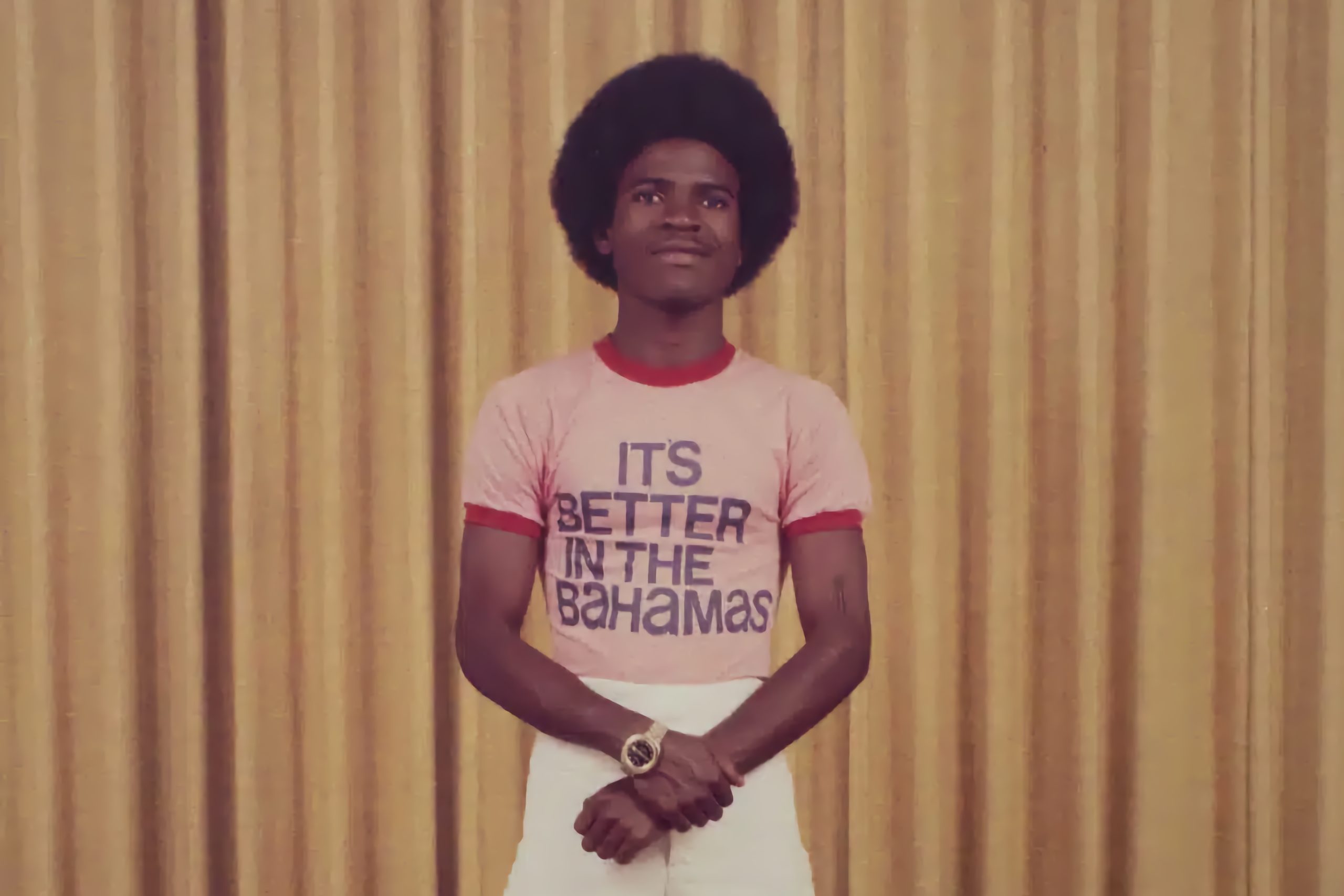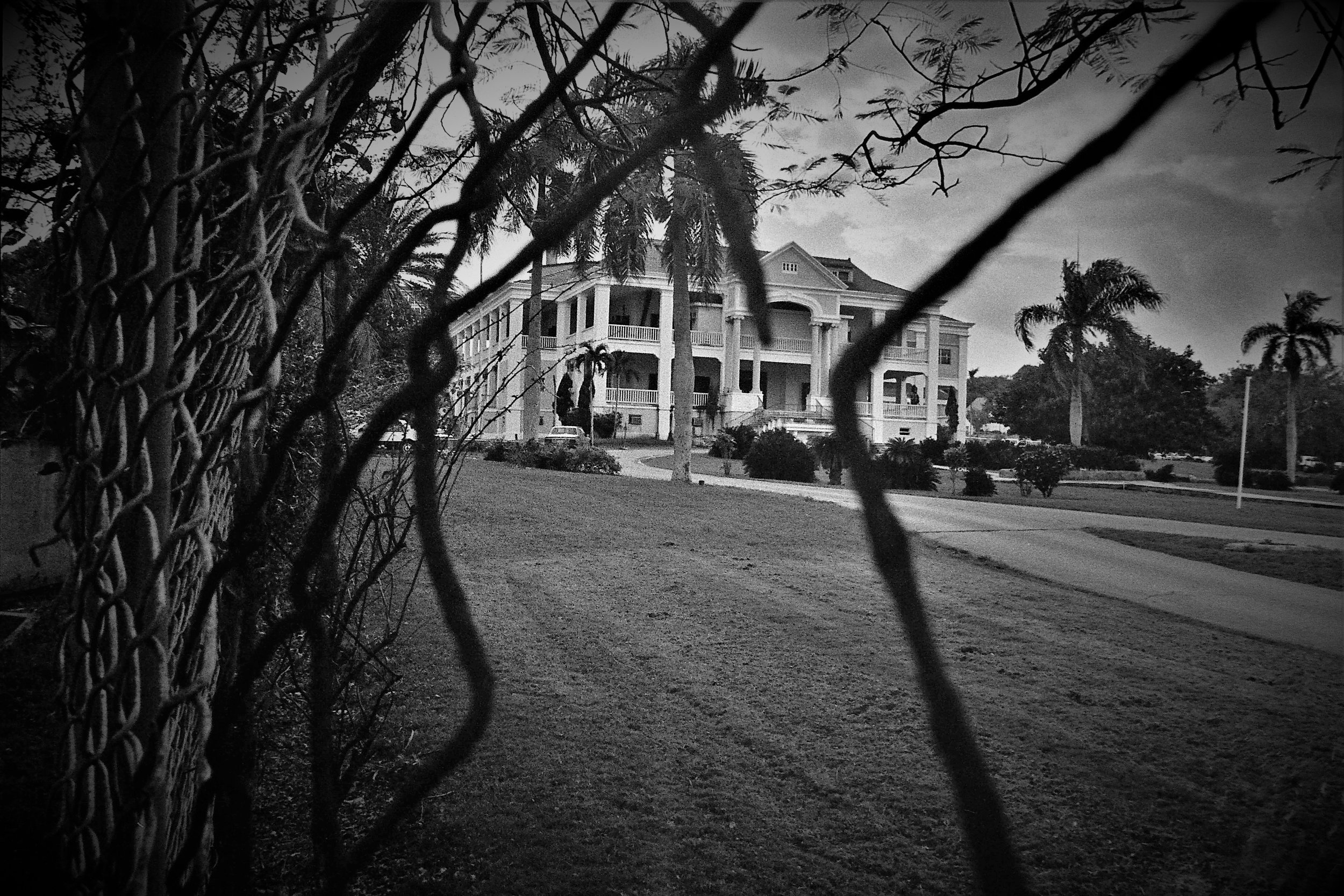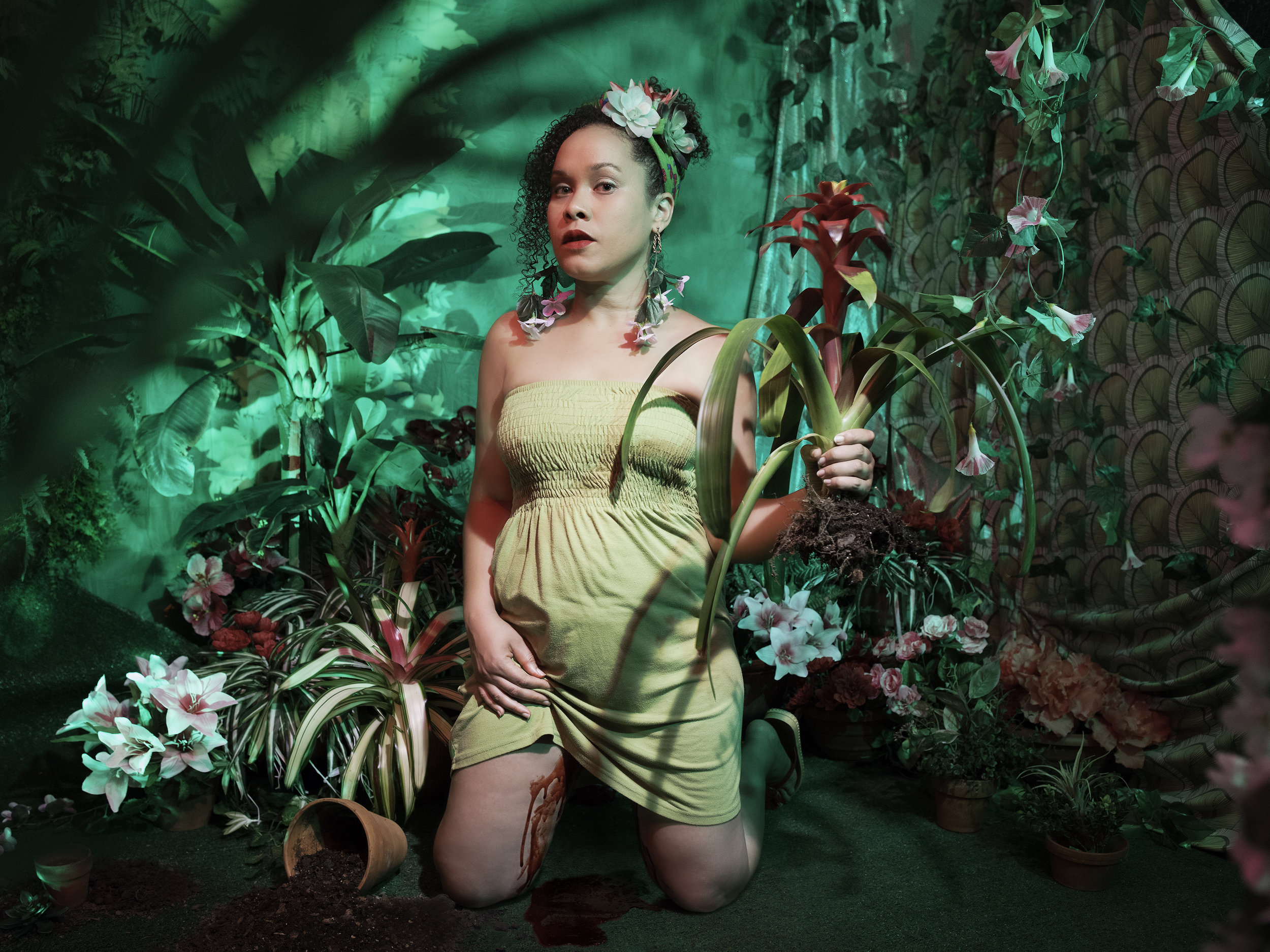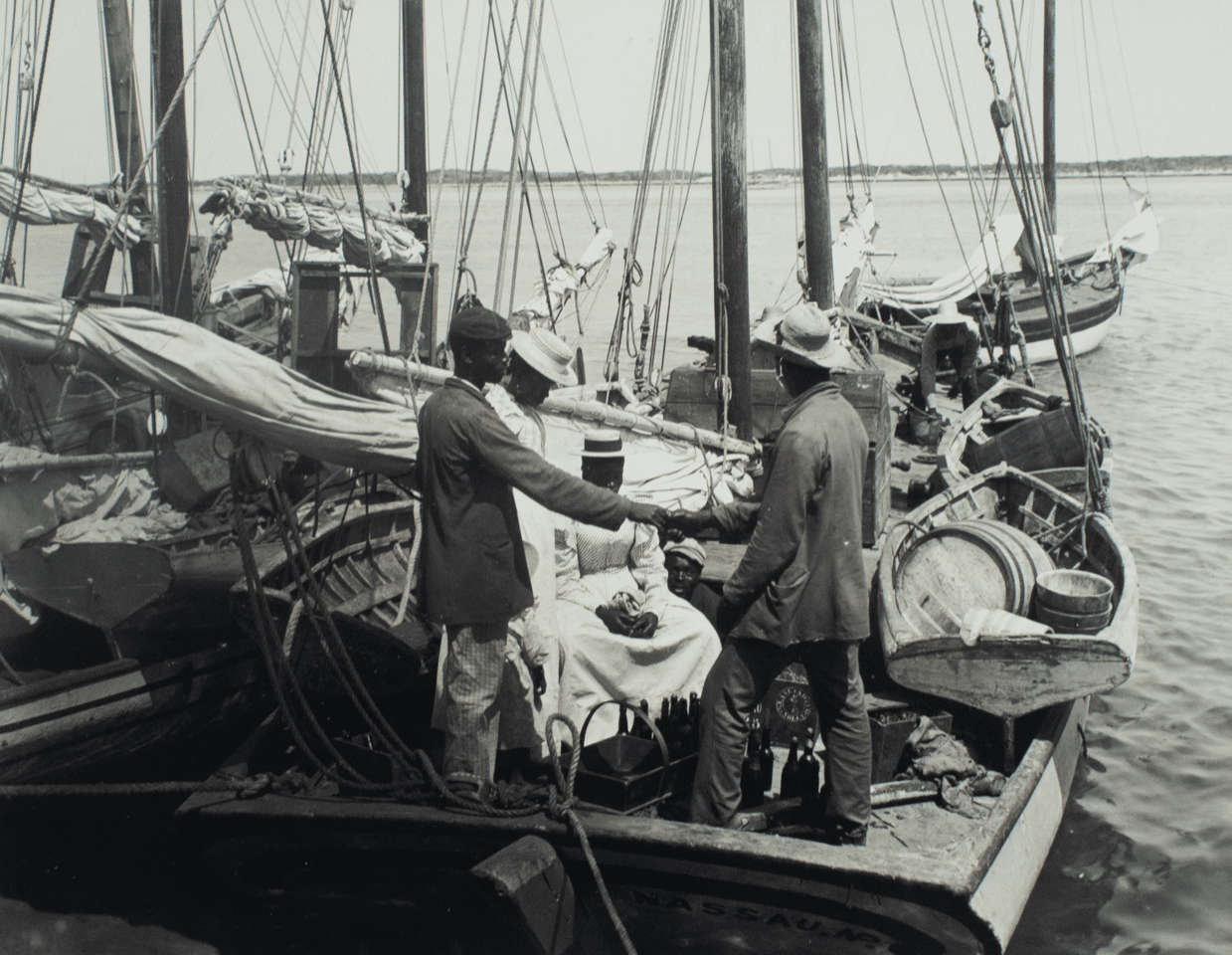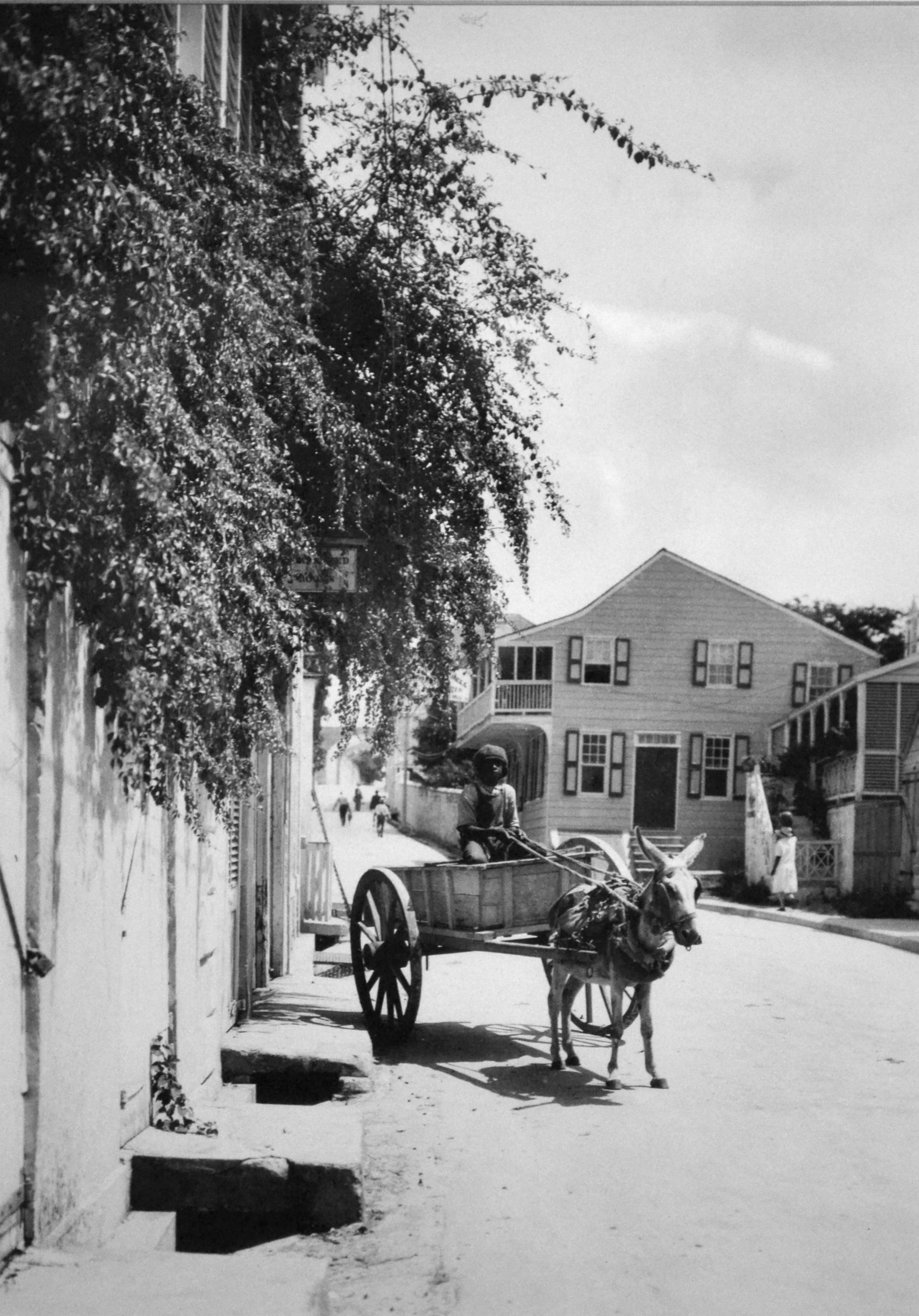Learn how to use portraiture to explore identity, emotion, or even social issues.
All posts tagged: Photography
Bahamian Visions: Photographs 1870-1920 Catalogue
Publications Bahamian Visions: Photographs 1870-1920 Catalogue Out of print Featuring colonial photographs of Nassau that became widespread in tourism advertising,
Timelines: Developing Blackness
Historical photographs show Bahamians claiming and embracing their African heritage. Aptly named, these photographs show us a period in our history where Bahamians were pointedly claiming and embracing their Blackness. This sense of pride was born out of, but not limited to America’s expressions of Black power during the Civil Rights Movement, the road to Majority Rule in 1967, and The Bahamas’ independence in 1973.
Talking to the Dead: Tamika Galanis Brings Lomax Archive Materials Home
By Natalie Willis
“There are years that ask questions and years that answer.” ― Zora Neale Hurston, Their Eyes Were Watching God
“Homecoming: Talking to the Dead” by Tamika Galanis becomes an answer to a much older question. Galanis’ work, in her careful, tender sifting-through of the Alan Lomax archive (consisting of a host of images and sound from his expedition to The Bahamas in 1935) at the Library of Congress became a response to Lomax’s curious call and questioning nearly 100 years ago. A Library of Congress Fellow, Galanis may be best known to some as “the lady with the shirts” – those Lignum + Tingum tees that serve up Bahamian dialect and lists of local flora and food – but for others she is far, far more – an artist, researcher, documentarian, and a seeker of truth. Coming across materials from this collection while she was undertaking her graduate studies, Galanis saw a letter from Lomax reporting his findings from his time in Nassau back to the Library of Congress (LOC), the start of her time following this thread that would lead her to a surprising connection to Zora Neale Hurston.
Speaking to views and gazes in the work of Eric Rose: Education, Space and Knowing your Place
By Dr Ian Bethell-Bennett, University of The Bahamas.
My eyes may be dim, but I can see
Though sight be mitigated by supervision,
My view is my experience
I shall not be moved
Art provides an interior image of exteriorised feelings that are usually not openly discussed. The interior/exterior reality of images and experiences is often surreal as it collapses spaces into times that are not always compatible. Art allows whimsical flights of fantasy and fancy, which break down barriers and create potential changes that defy limitations. Photography, at the same time, opens eyes to what is often overlooked, while also capturing an image of something in a unique way that renders it more or less than it is.
Returning the Gaze: Melissa Alcena in NE9
By Kevanté A. C. Cash. Melissa Alcena’s work is not for the faint of heart. It is not for those of whom dismiss the work of introspection. It causes a discomfort in self; challenges interior and personal spaces and the world around it, especially if that self exists as a Black body traversing through a “post-colonial” society. As one of the 38 artists supported by the National Art Gallery of The Bahamas (NAGB) in the Ninth National Exhibition (NE9), “The Fruit and The Seed” Alcena’s work delivered nothing short of expectation. Her interpretation of the exhibition’s thematic manifested as works seeking to return the gaze and dispel the notion of “othering”, because truly, what is a “them”? What is a “they” if we are all experiencing the same aftermath outside of British colonial ruling? “Is the island not 21 x 7 miles even though the archipelago far flung? Why do we act as if we are so far apart?” With her biting and intimate suite of images, Alcena poses these questions.
Field Notes on Planting Seeds in Uprooted Gardens
From the Collection: “Untitled (Boat Scene)” (c.1920) by James “Doc” Sands
By Natalie Willis
One would imagine this a typical scene along the Nassau coastline in the 1920s, as so much of our history – painful or profitable – was tied to the sea’s comings and goings. “Doc” Sands gives us what appears to be commonplace, but when we situate this image in the context of its time, and in our broader Bahamian history, things begin to take an exciting turn. Bottles and barrels that appeared to be ordinary fare now begin to remind us of prohibition and bootlegging, and the men shaking hands could very well be in the middle of a handoff. Of course, much of the imagery photographed at this time was staged out of necessity – things needed to be reasonably still for a prolonged time for the image to be taken appropriately. Was Sands staging this image of prohibition and illicit-alcohol Nassau at its roaring start?
James Osborne “Doc” Sands was born in 1885 in Rock Sound, Eleuthera, and is noted one of the first Bahamian photographers. The second of six children, his parents moved him to Nassau for what they felt to be a better education, and at age 18 he was handed over the photo studio of his mentor, American photographer Jacob Frank Coonley. Coonley and his contemporary William Henry Jackson (also American) were well known for their work, and now historically for their contributions to building and framing the picturesque, tropical images of The Bahamas at the start of its tourism industry, and Sands took up the mantle at a somewhat tender age.
Potter’s Cay: Markets and the Importance of Public Spaces
By Dr Ian Bethell-Bennett, The University of The Bahamas . “Traversing the Picturesque: For Sentimental Value” provides an invaluable view into the way the islands have been visioned for decades. It is a unique and important show that serves as a historical and current window into a perspective that adds value to our discussions and to how we see ourselves. Working in tandem with “We Suffer to Remain”, both shows provide an incredibly fruitful and open discussion for the cultural materialism and intermateriality cross-materiality that allows deeper and broader understanding of where we live and how we live here. The latter show deals with the loss of tangible and intangible cultural heritage of slavery through erasure. The periphery, the colony where the history physically took place has gutted its memory through a process of deletion and writing over.
From the Collection: “Untitled (Balcony House on Market Street)” (ca 1920) by James Osborne “Doc” Sands
By Natalie Willis. There is this assumed romanticism of the past for many, especially when looking the quaint images of Nassau-from-yesteryear. But here, we find it is often laced with a pain of looking at where we were as a nation, those issues we faced then and the echoes of this past that we deal with now. “Untitled (Balcony House on Market Street)” (ca. 1920) by James Osborne “Doc” Sands shows us a Bahamas that is still reeling and reconfiguring after the abolishment of slavery, and post-apprenticeship, even in 1920. The legacy of racial power structures inherited by The Bahamas, and by the wider Caribbean region, was very much present and felt. The tiering of whites, mixed-race, and Black Bahamians is still something we feel today, even with all the work done to dismantle this hegemony.
